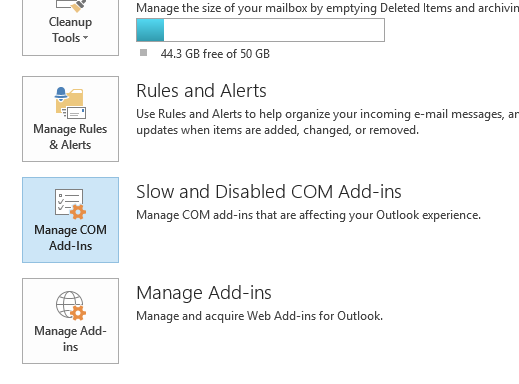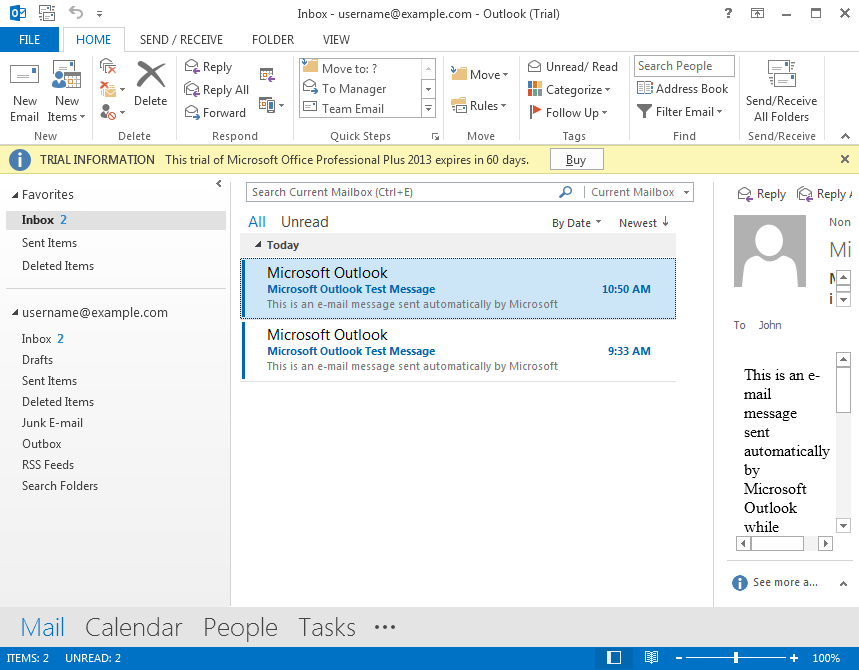
Exchange administrators have a number of controls available for managing add-ins and users' access to them. Add-in access and installationīy default, all users can install and remove add-ins. For example, German postal addresses in the message body won't activate the Bing Maps add-in. Default add-ins for Outlook only activate on English language content. Some add-ins for Outlook are installed by default. For more information, contact your service provider.

If you don't see Add from the Office Store as an option in the Exchange admin center under Organization > Add-ins > New, you may be able to install an add-in for Outlook from a URL or file location. Outlook also supports custom add-ins that you can create and distribute to users in your organization.Īccess to the Office Store isn't supported for mailboxes or organizations in specific regions. Outlook clients supports a variety of add-ins that are available through the Office Store. The topic provides an overview of the add-ins and also shows you some of the add-ins for Outlook that may be installed by default.

Exchange administrators can use Roles to control users' ability to install add-ins.įor information about add-ins for Outlook from an end-user perspective, check out Installed add-ins. By default, all users can install add-ins. Add-ins are built by third-party developers and can be installed either from a file or URL or from the Office Store. Add-ins for Outlook are applications that extend the usefulness of Outlook clients by adding information or tools that your users can use without having to leave Outlook.


 0 kommentar(er)
0 kommentar(er)
